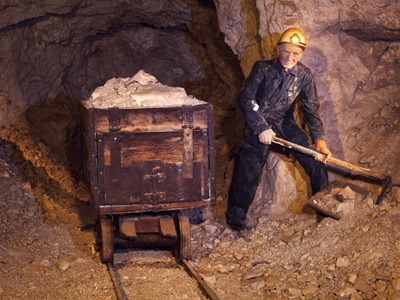
The General Strike 01
This KS3 History quiz takes a look at the General Strike. During the General Strike in May 1926, millions of workers throughout the UK downed tools to support coal miners who were refusing to accept lower wages and longer working hours. The General Strike is important as it sparked off an era of workers' strikes.
The Daily Mail published an article of fake news (a fake letter from the Russian Communist Party leader to British Communists). This was just one reason that middle class people who read this worried, imagining there was about to be a communist revolution in Britain. This drove some of them to become strike-breakers - they took over driving buses and trains etc.
During the 1920s, the coal industry in Britain was in trouble.
Ready for more?
not all...
quizzers. Try to win a coveted spot on our Hall of Fame Page.







